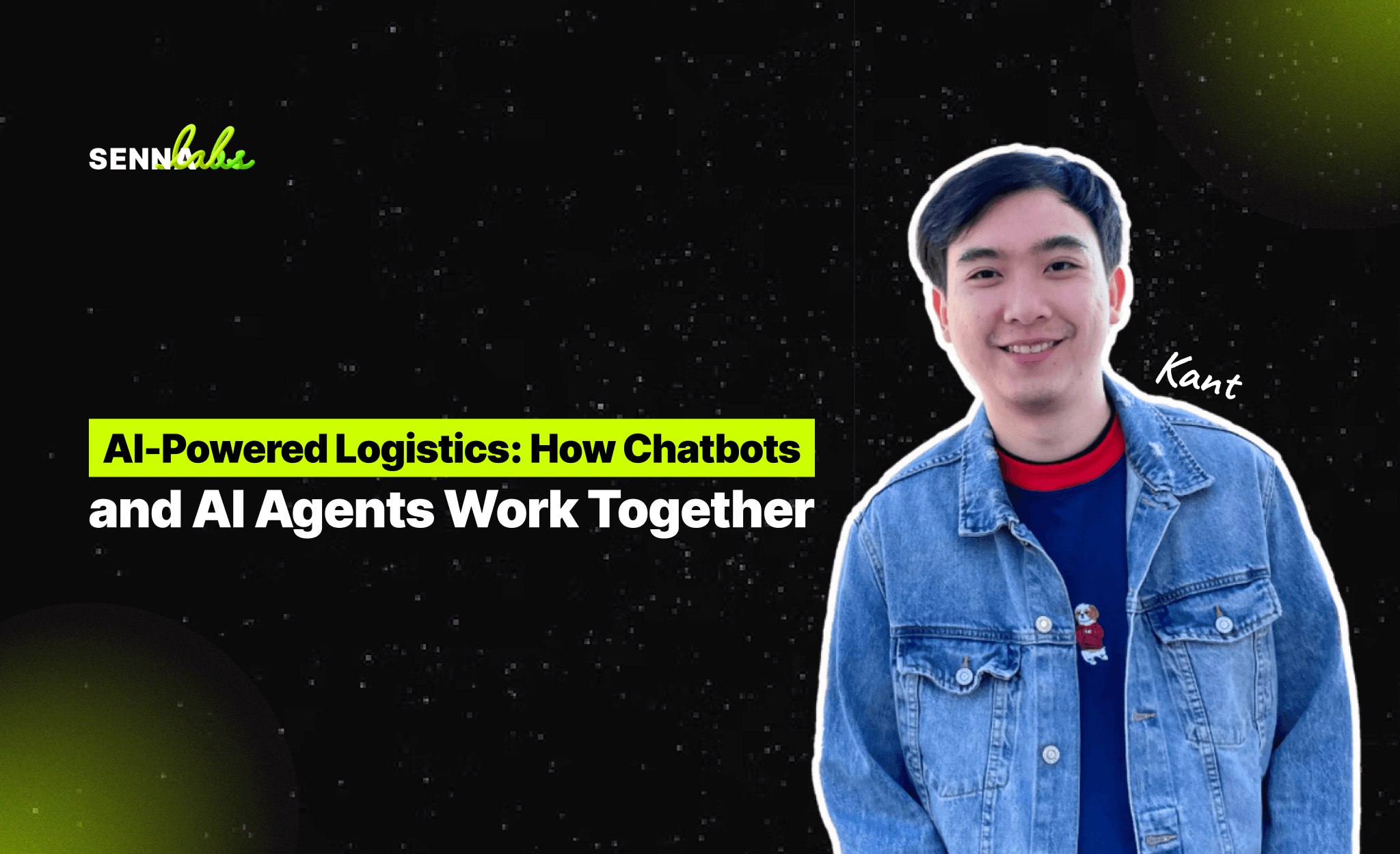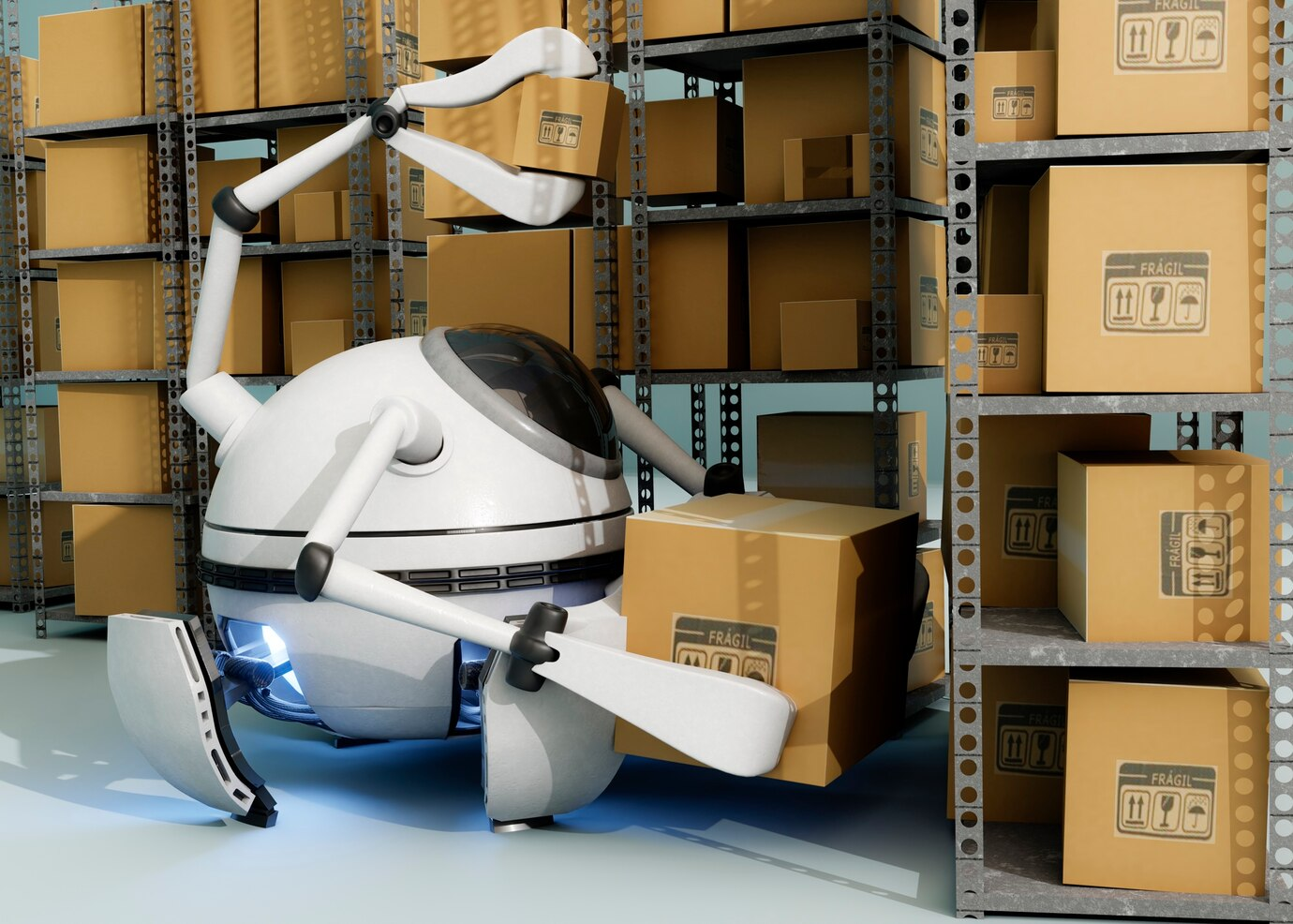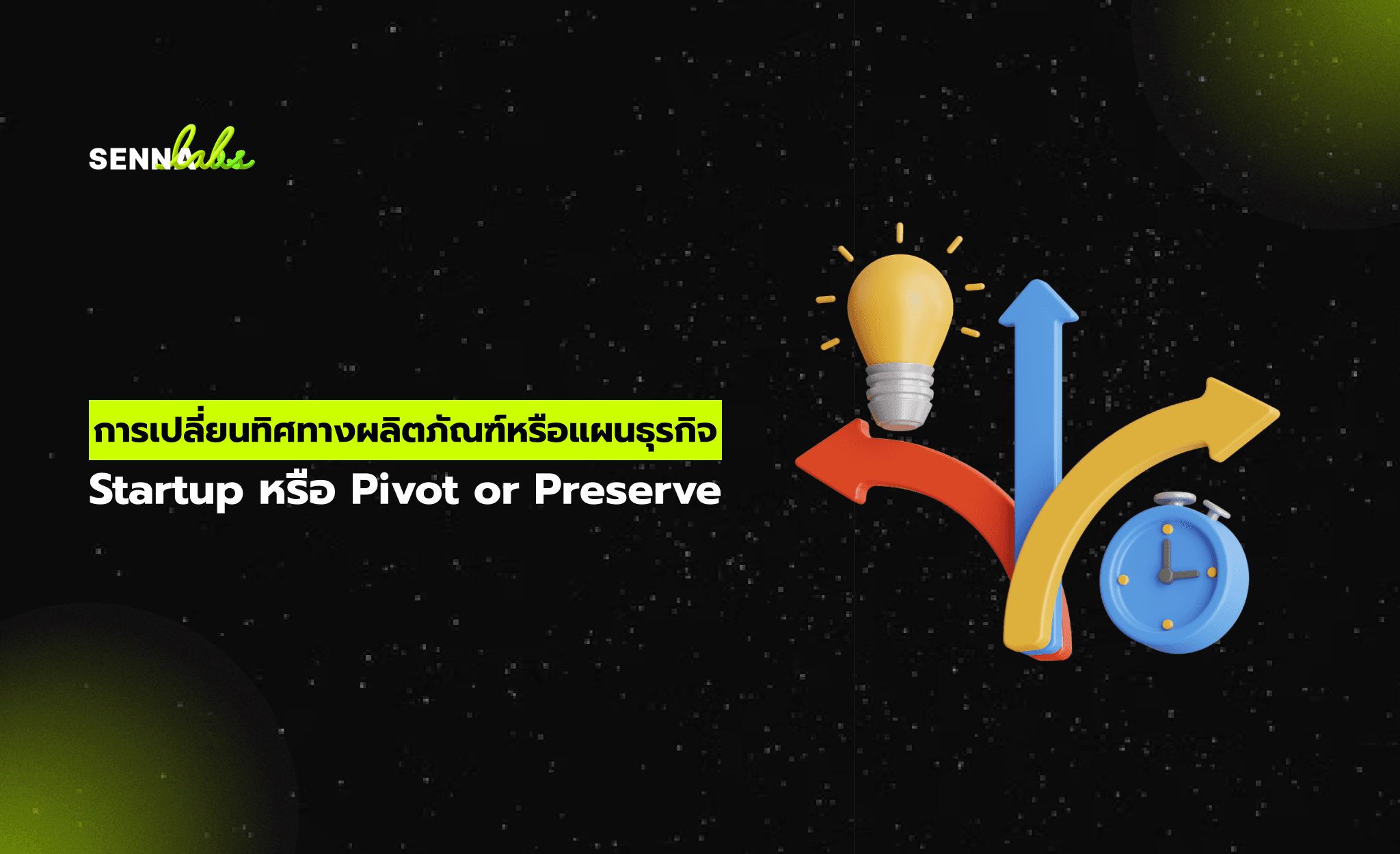AI-Powered Logistics: How Chatbots and AI Agents Work Together

In the fast-paced world of logistics and supply chain management, efficiency and accuracy are paramount. Companies are turning to AI-powered tools like chatbots and AI agents to enhance their operations and improve customer satisfaction. While chatbots provide real-time shipment updates, AI agents delve deeper into supply chain complexities, predicting delivery timelines, managing inventory, and optimizing routes.
This article explores how chatbots and AI agents serve distinct roles in logistics, highlighting their complementary functions through a practical use case.

Chatbots in Supply Chain Management: Enhancing Customer Communication
Chatbots are designed to handle routine customer interactions, making them ideal for tasks that require quick and consistent responses.
In logistics, chatbots typically handle:
-
Shipment Tracking: Customers can ask, “Where is my package?” and receive real-time updates.
-
Delivery Queries: Chatbots can answer questions like “When will my order arrive?” or “What’s the tracking number?”
-
Basic Support: Addressing common issues, such as incorrect addresses or payment confirmations.
For example, a customer named John wants to know the status of his shipment. He interacts with the logistics company’s chatbot:
-
John types, “Track my package.”
-
The chatbot asks for his tracking number and responds with, “Your package is in transit and will arrive tomorrow by 5 PM.”
By providing instant updates, chatbots ensure transparency and convenience for customers, reducing the need for human support.
AI Agents in Supply Chain Management: Optimizing Operations
AI agents go beyond basic customer queries, focusing on the backend complexities of supply chain management. They analyze data, predict trends, and optimize processes to improve efficiency and reduce costs.
Here’s what AI agents can do in logistics:
-
Predictive Delivery Planning: By analyzing historical data, traffic patterns, and weather conditions, AI agents predict delivery times with high accuracy.
-
Route Optimization: AI agents identify the most efficient routes for delivery, minimizing fuel consumption and reducing delays.
-
Inventory Management: They forecast demand and suggest restocking schedules to prevent overstocking or shortages.
-
Dynamic Problem Solving: AI agents detect potential disruptions, such as weather or traffic issues, and proactively adjust plans to mitigate delays.
For instance, if a truck carrying packages encounters unexpected traffic, the AI agent reroutes the vehicle to a less congested path. It updates delivery timelines in real time, notifying customers and logistics staff of the changes.
Use Case: Chatbots and AI Agents in Action
Let’s explore how a logistics company might integrate chatbots and AI agents to enhance its operations and customer service:
-
Step 1: Shipment Updates with a Chatbot
-
A customer, Sarah, wants to track her package. She opens the company’s app and interacts with the chatbot.
-
Sarah types, “Where is my package?” The chatbot retrieves her tracking number and responds, “Your package is out for delivery and will arrive by 6 PM today.”
-
If Sarah asks about changing her delivery address, the chatbot guides her through the process.
-
Step 2: Predictive Planning and Optimization with an AI Agent
-
Behind the scenes, the AI agent monitors the delivery vehicle’s location and analyzes real-time traffic data.
-
It identifies a traffic jam on the driver’s current route and suggests an alternative path to ensure timely delivery.
-
The AI agent also checks inventory levels at the nearest warehouse and schedules restocking for high-demand items based on forecasted orders.
This seamless integration of chatbots and AI agents ensures that Sarah receives timely updates while the logistics company optimizes its operations for efficiency.
Key Differences: Chatbots vs AI Agents in Supply Chain Management
-
Customer Focus vs Operational Focus: Chatbots interact directly with customers, while AI agents focus on backend logistics.
-
Complexity of Tasks: Chatbots handle straightforward queries, whereas AI agents manage intricate supply chain processes like route optimization and inventory forecasting.
-
Proactivity: Chatbots respond to customer inquiries, while AI agents proactively predict and resolve potential issues.
-
Data Utilization: Chatbots rely on static data (e.g., tracking information), while AI agents analyze dynamic, real-time data for decision-making.
Why This Dual Approach Works in Logistics
By integrating chatbots and AI agents, logistics companies can achieve a balance of efficiency and intelligence:
-
Enhanced Customer Experience: Chatbots provide instant updates, keeping customers informed and satisfied.
-
Operational Efficiency: AI agents optimize routes, manage inventory, and predict disruptions, reducing costs and improving delivery accuracy.
-
Transparency: Customers gain visibility into shipment status, while companies gain insights to streamline operations.
-
Scalability: Automated tools reduce the need for human intervention, making it easier to scale operations as demand grows.
Conclusion
The combination of chatbots and AI agents is transforming the logistics and supply chain industry. Chatbots excel at keeping customers informed with real-time shipment updates, ensuring transparency and convenience. Meanwhile, AI agents drive operational efficiency by predicting delivery times, optimizing routes, and managing inventory.
Together, these technologies create a seamless and efficient system that benefits both customers and logistics companies. As AI continues to advance, its potential to further revolutionize supply chain management will only grow, offering smarter and more adaptive solutions to meet the challenges of a dynamic industry.


Subscribe to follow product news, latest in technology, solutions, and updates
บทความอื่นๆ



Let’s build digital products that are simply awesome !
We will get back to you within 24 hours!ติดต่อเรา Please tell us your ideas.
Please tell us your ideas.













